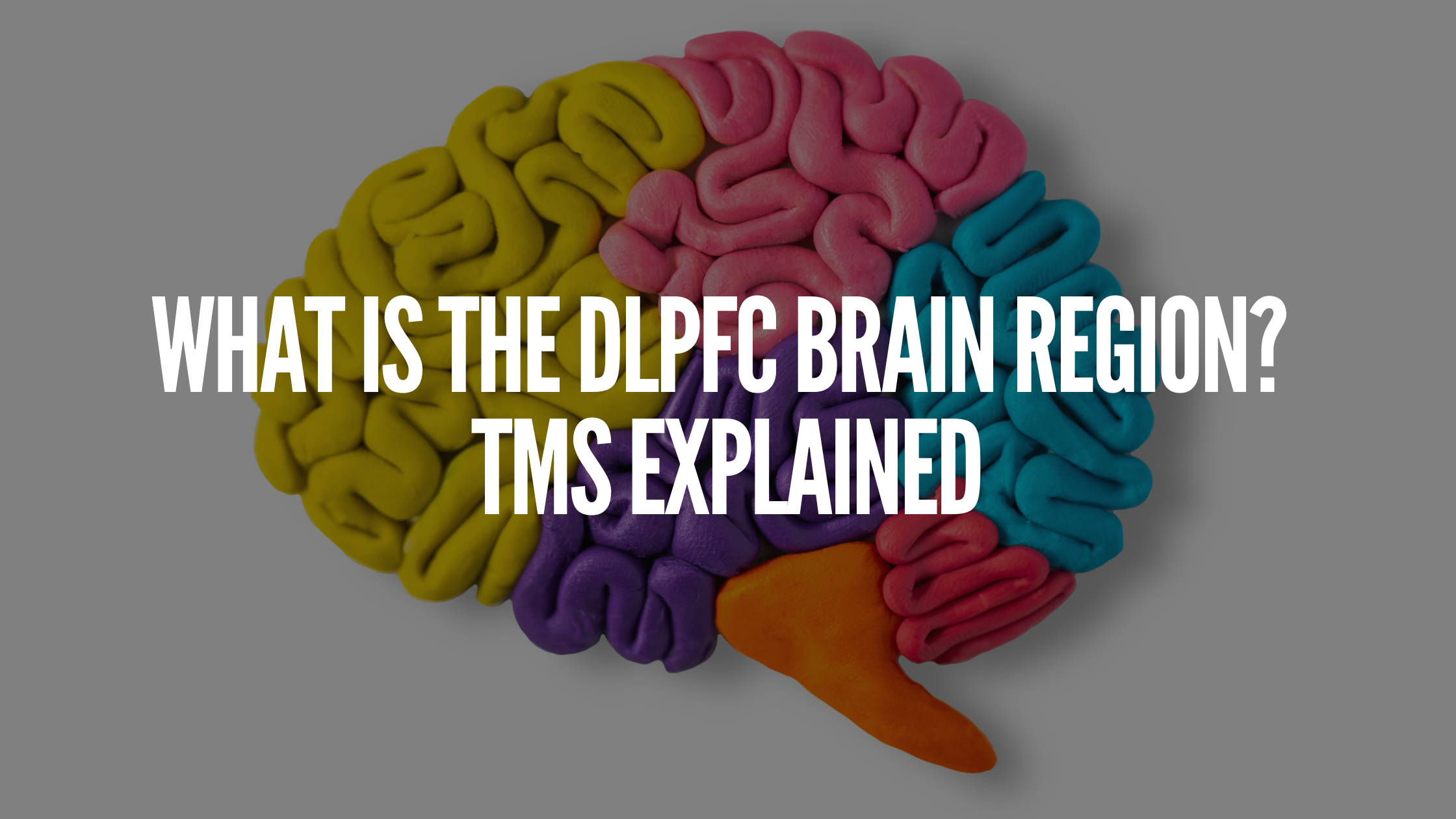If you’re new to TMS treatment, you may be wondering what the DLPFC brain region is. The dorsolateral prefrontal cortex (DLPFC) is the part of the brain that’s responsible for higher cognitive functions such as planning, working memory, and executive functioning. It’s located in the front part of the brain just behind the forehead.
The DLPFC has been studied extensively in relation to mental health conditions like depression, and it’s thought to play a role in the negative symptoms of the disorder. In particular, the DLPFC is believed to be involved in the devaluation of rewards, which can lead to a lack of motivation and apathy.
The DLPFC is located in the frontal lobe of the brain and is made up of two sub-regions: the dorsolateral prefrontal cortex (DLPFC) and the ventrolateral prefrontal cortex (VLPFC). The DLPFC brain region is responsible for higher cognitive functions, while the VLPFC plays a role in lower-level cognitive processes.
In healthy individuals, the DLPFC is active when they’re performing tasks that require attention, planning, and working memory. However, in people with depression, the DLPFC brain region is often under-active. This underactivity is thought to contribute to the negative symptoms of the disorder, such as apathy and a lack of motivation.
TMS treatment is a way to non-invasively stimulate the DLPFC in order to improve its function. TMS treatment has been shown to be an effective treatment for the negative symptoms of depression, and it can also be used to treat other mental health conditions like OCD and PTSD.
At PsyFi TMS, we offer TMS treatment to patients in Minnesota. If you’re interested in learning more about this treatment option, please contact us today at info@psyfitms.com or learn more at www.psyfitms.com



